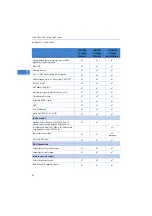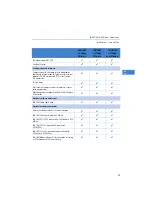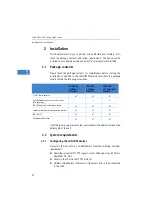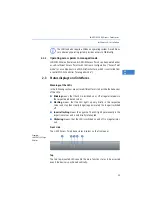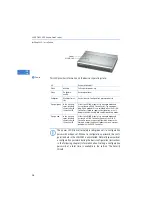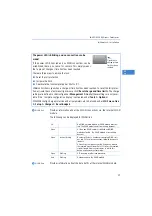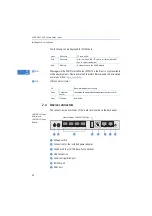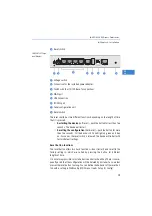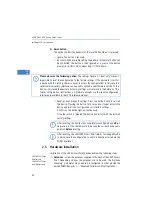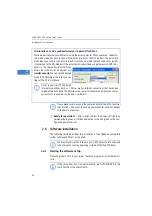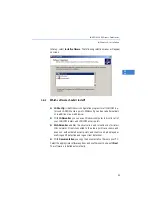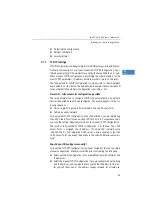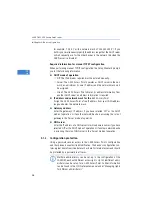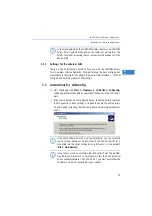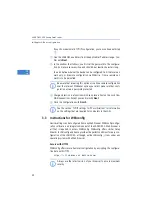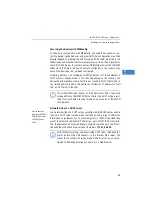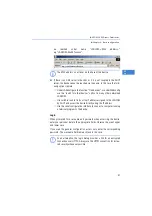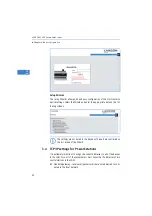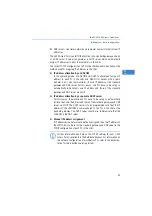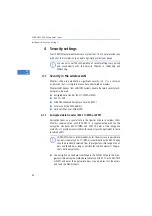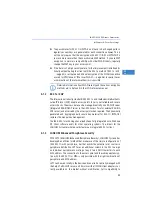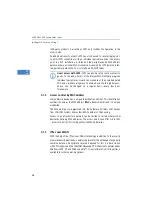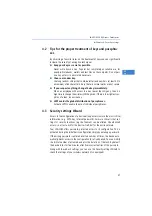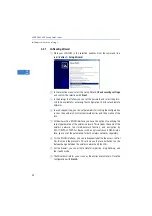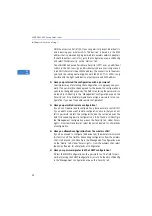
LANCOM L
-
300 Access Point series
Chapter 3: Basic configuration
35
EN
Protecting the configuration
Wireless LAN details
Security settings
3.1.1
TCP/IP settings
TCP/IP configuration can be performed in two different ways: Either fully auto-
matically or manually. No user input is required if TCP/IP configuration is per-
formed automatically. All parameters are set by the Setup Wizard on its own.
When manual TCP/IP configuration is performed the wizard prompts for the
usual TCP/IP parameters: IP address, network mask etc. (more on this later)
The fully automatic TCP/IP configuration is only possible in certain network
environments. For this reason the Setup Wwizard analyses the connected LAN
to see whether fully automatic configuration is possible or not.
New LAN – fully automatic configuration possible
The setup wizard offers to configure TCP/IP fully automatically if no network
devices connected have yet been configured. This usually happens in the fol-
lowing situations:
Only a single PC is going to be attached to the L-300 Access Point
Setting up a new network
Fully automatic TCP/IP configuration will not be offered if you are integrating
the L-300 Access Point into an existing TCP/IP LAN. In this case please conti-
nue with the section 'Required information for manual TCP/IP configuration'.
The result of fully automatic TCP/IP configuration is as follows: The L-300
Access Point is assigned the IP address '172.23.56.254' (network mask
'255.255.255.0'). The integrated DHCP server is also activated so that the
L-300 Access Point can assign the devices in the LAN IP addresses automati-
cally.
Should you still configure manually?
Fully automatic TCP/IP configuration is optional. Instead of this you can select
manual configuration. Make this selection after considering the following:
Select automatic configuration if you are
not
familiar with networks and
IP addresses.
Select the manual TCP/IP configuration if you are familiar with networking
and IP addresses, and you would like to specify the IP address for the rou-
ter yourself (from one of the address ranges reserved for private use,


